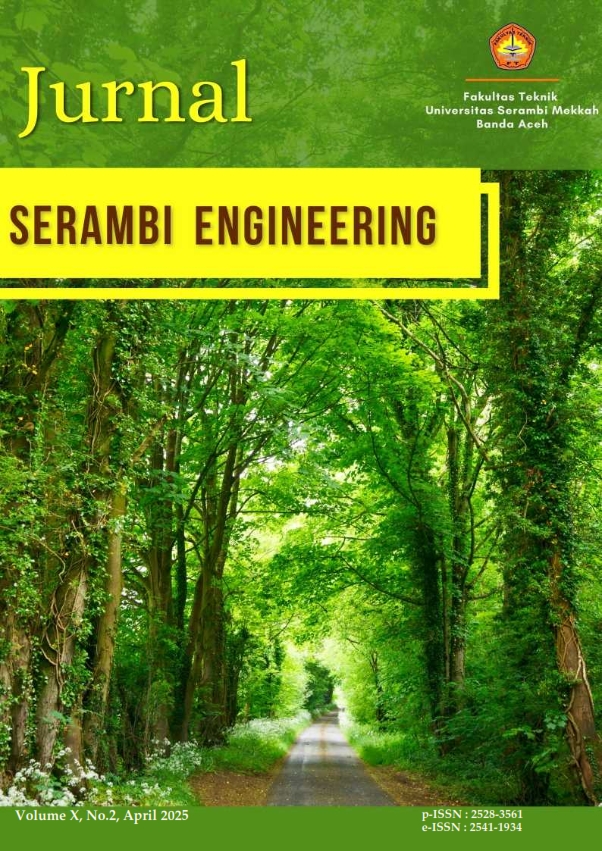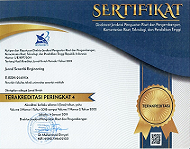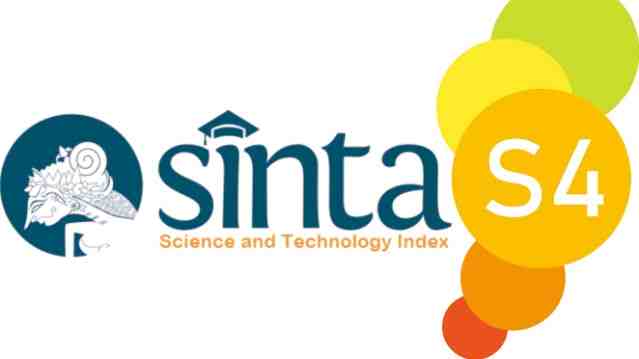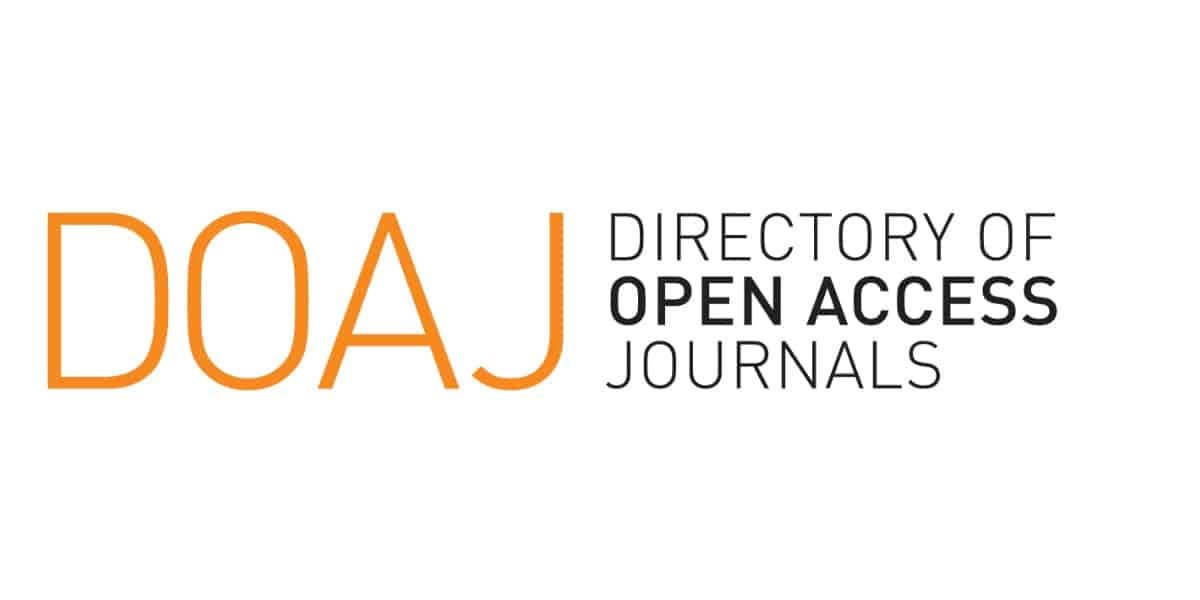Descriptive Study of Reverse Logistics (RL) Activities and Ceramic Waste Innovation at PT. Lucky Indah Keramik
Keywords:
Dimension Descriptive Study, Environmental Sustainability, PT. Lucky Indah Keramik, Reverse LogisticsAbstract
This study aims to analyze the implementation of reverse logistics in handling ceramic tableware products at PT. Lucky Indah Keramik, from end users back to the company. This activity provides benefits such as waste reduction, product cycle optimization, resource utilization, and improved customer satisfaction. The research method uses a descriptive approach, analyzing five dimensions: What, How, Who, Where, and Why and Why Not to evaluate the company's reverse logistics practices. The results indicate that PT. Lucky Indah Keramik has established clear return procedures, covering inspection flow, reverse logistics design, stakeholders, locations, motivations, obstacles, and corrective actions. The company also strives to optimize reverse logistics through reuse, repair, remanufacturing, and recycling to create an efficient and eco-friendly industry. Unusable ceramic waste is repurposed as aggregate material or handicrafts, minimizing environmental impact. The study concludes that PT. Lucky Indah Keramik's reverse logistics system operates systematically, supporting operational efficiency and environmental sustainability.
References
[1] A. Cline, S. LeMay, and M. M. Helms, “A framework for reverse logistics: the case of post-consumer carpet in the US,” Int. J. Commer. Manag., vol. 25, no. 4, pp. 466–489, 2015, doi: 10.1108/IJCoMA-02-2013-0013.
[2] Y. A. Ritonga, “Studi Deskriptif Aktivitas Reverse Logistics (RL) di PT Surya Dermato Medica Laboratories Surabaya,” J. Ilm. Mhs. Univ. Surabaya, vol. 5, no. 2, pp. 545–563, 2016.
[3] Y. Sumantri, F. Gapsari, G. Hadiko, and V. P. Pramuditha, “Improving Logistics Services of LSP to Minimize Logistics Outsourcing Risks in the Ceramic Industry*,” J. Distrib. Sci., vol. 20, no. 6, pp. 87–97, 2022, doi: 10.15722/jds.20.06.202206.87.
[4] C. C. Liang and J. P. Lee, “Carbon footprint model for reverse logistics of waste disposal in interior design industry,” Asia Pacific J. Mark. Logist., vol. 30, no. 4, pp. 889–906, 2018, doi: 10.1108/APJML-01-2018-0035.
[5] T. B. Rocha and C. S. G. Penteado, “Life cycle assessment of a small WEEE reverse logistics system: Case study in the Campinas Area, Brazil,” J. Clean. Prod., vol. 314, no. April 2020, p. 128092, 2021, doi: 10.1016/j.jclepro.2021.128092.
[6] M. Vargas et al., “Reverse logistics for solid waste from the construction industry,” Adv. Civ. Eng., vol. 2021, 2021, doi: 10.1155/2021/6654718.
[7] A. L. Rifai, Y. Arnandha, and A. Rakhmawati, “Pemanfaatan Limbah Keramik Sebagai Campuran Pembuatan Paving Block,” J. Rekayasa, vol. 1, no. 1, 2019.
[8] K. Choudhary and K. S. Sangwan, “Multiple case study analysis and development of an interpretive structural model for greening of supply chains in Indian ceramic enterprises,” Manag. Environ. Qual. An Int. J., vol. 30, no. 6, pp. 1279–1296, 2019, doi: 10.1108/MEQ-11-2018-0196.
[9] Revisdah and U. Ririn, “Pemanfaatan Limbah Keramik Terhadap Kuat Tekan Beton,” Jurnal.Umj.Ac.Id/Index.Php/Semnastek, pp. 1–10, 2018.
[10] N. D. Astuti, “Pengelolaan dan Pemanfaatan Limbah Keramik Bayat Sebagai Alternatif Material Produk Kerajinan Tangan,” vol. 1662, p. 14, 2018.
[11] J. Stock and D. Lambert, Strategic Logistics Management, Fourth Edi. New York: McGraw-Hill, 2001.
[12] “PT. Lucky Indah Keramik.” [Online]. Available: https://www.luckyindahkeramik.com/
[13] K. Kim, S. Yoon, D. Lee, J. Jang, H. Oh, and D. Shin, “Study on Prioritization of Actions by Classifying and Quantifying Cyber Operational Elements Using 5W1H Method,” IEEE Access, vol. 10, no. July, pp. 74765–74778, 2022, doi: 10.1109/ACCESS.2022.3190530.
[14] W. Poncotoyo, P. Parlindungan, A. Maulana, and H. R. Adhani, “Quality Analysis of Reverse Logistics Distribution at Expired Drug Warehouse Using Six Sigma Method,” vol. 5778, no. December 2019, pp. 166–177, 2022.
[15] S. Lambert, D. Riopel, and W. Abdul-kader, “Computers & Industrial Engineering A reverse logistics decisions conceptual framework q,” Comput. Ind. Eng., vol. 61, no. 3, pp. 561–581, 2015, doi: 10.1016/j.cie.2011.04.012.
[16] M. Triana and R. Nurmalina, Reverse Logistic pada Perspektif Manajemen Rantai Pasok, no. November. 2024.
[17] K. S. Aditya and L. Alhazami, “Pengaruh Strategic Orientation, Goverment Regulation, Dan Reverse Logistics Terhadap Green Supply Chain Management Pada Pt Xyz,” J. Ilm. Manajemen, Bisnis dan Kewirausahaan, vol. 3, no. 3, pp. 31–42, 2023, doi: 10.55606/jurimbik.v3i3.539.
[18] Y. Fernando and M. M. Tew, “Reverse logistics in manufacturing waste management: the missing link between environmental commitment and operational performance,” Int. J. Integr. Supply Manag., vol. 10, no. 3/4, p. 264, 2016, doi: 10.1504/ijism.2016.10002256.
[19] C. Bai and J. Sarkis, “Flexibility in reverse logistics : a framework and evaluation approach,” J. Clean. Prod., vol. 47, pp. 306–318, 2013, doi: 10.1016/j.jclepro.2013.01.005.
[20] X. Yuan, “Reverse Logistics in Chongqing Construction Industry,” no. Msmi, pp. 554–557, 2014.
[21] K. Choudhary and K. S. Sangwan, “Benchmarking Indian ceramic enterprises based on green supply chain management pressures, practices and performance,” Benchmarking, vol. 25, no. 9, pp. 3628–3653, 2018, doi: 10.1108/BIJ-12-2017-0330.
[22] P. Sobczak et al., “Compaction process as a concept of press-cake production from organic waste,” Sustain., vol. 12, no. 4, 2020, doi: 10.3390/su12041567.
[23] M. Isnawati, “Laporan Praktik Kerja Lapangan Pada PT. Lucky Indah Keramik,” Jakarta, 2020.
Downloads
Published
Issue
Section
License
Copyright (c) 2025 Yulia Sawitri, Hazful Maizi, Aisyah Juliawulan Malahayati (Author)

This work is licensed under a Creative Commons Attribution 4.0 International License.

















